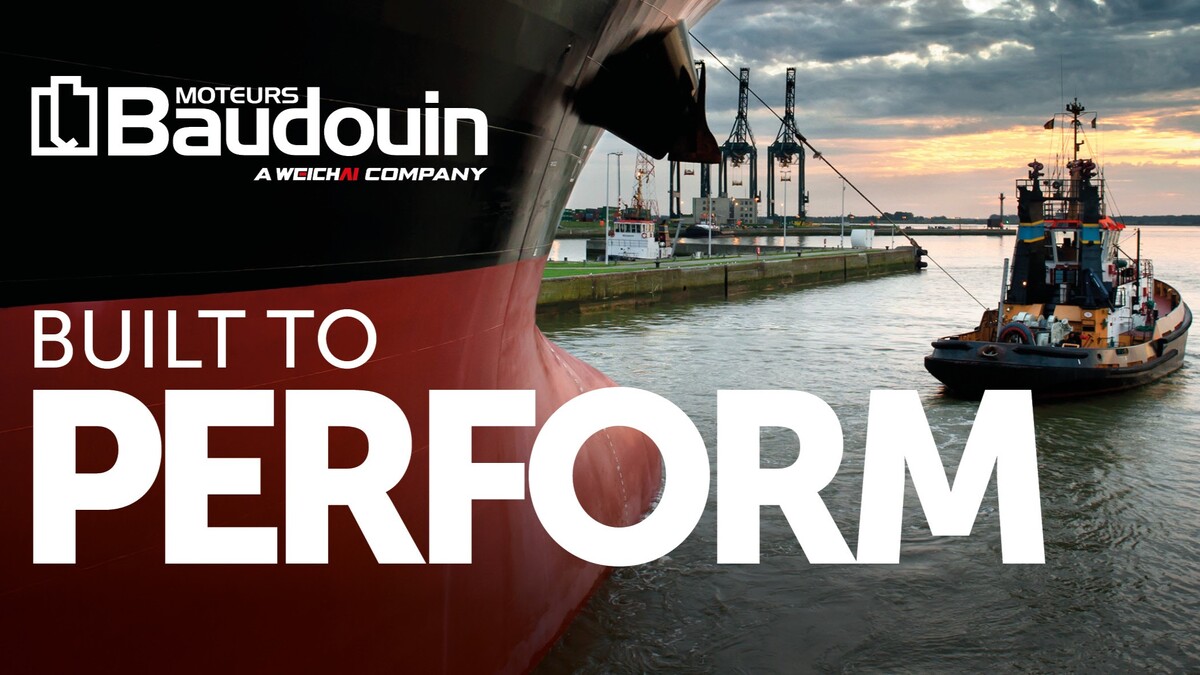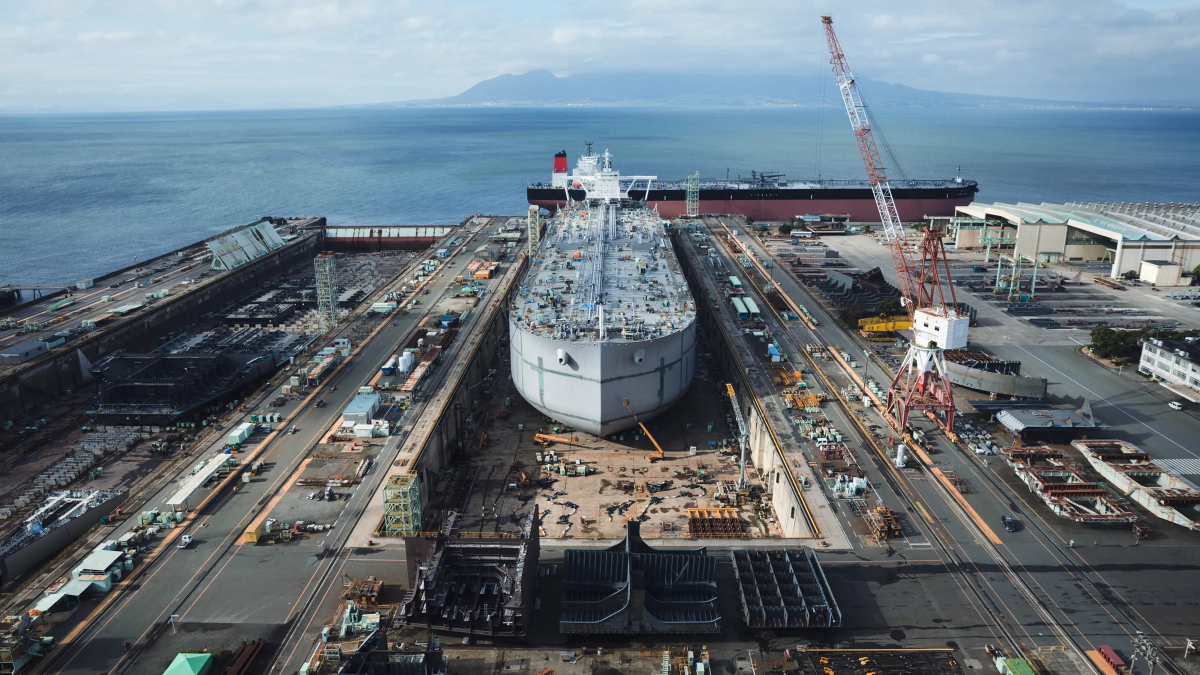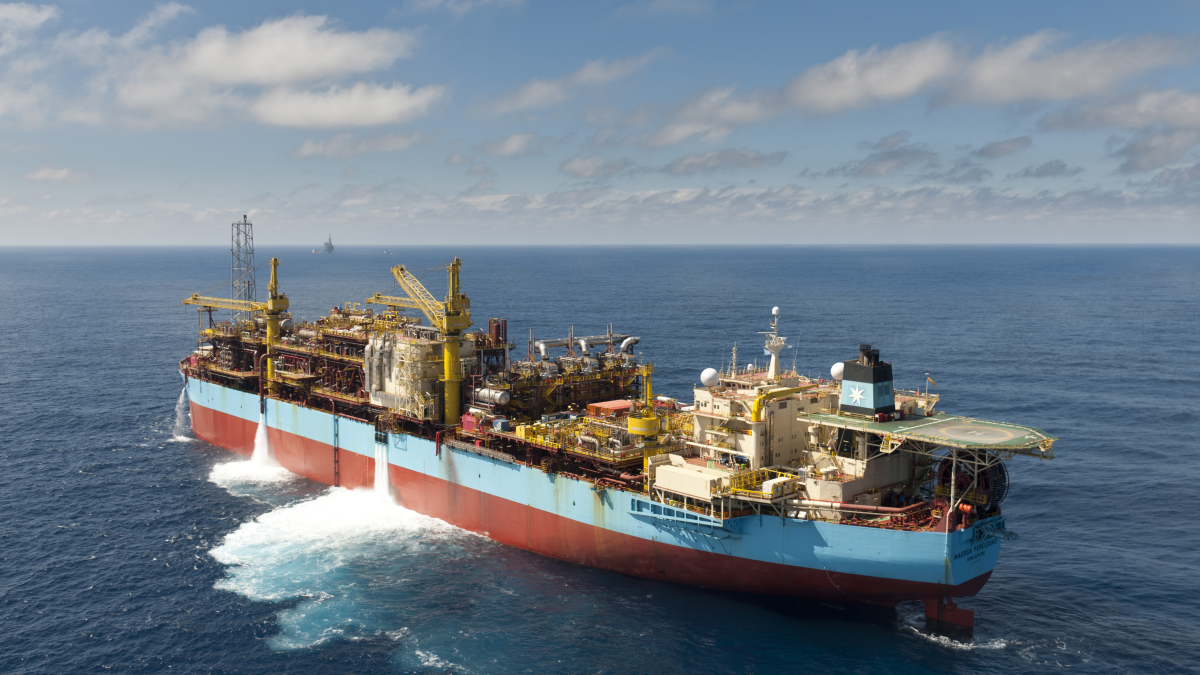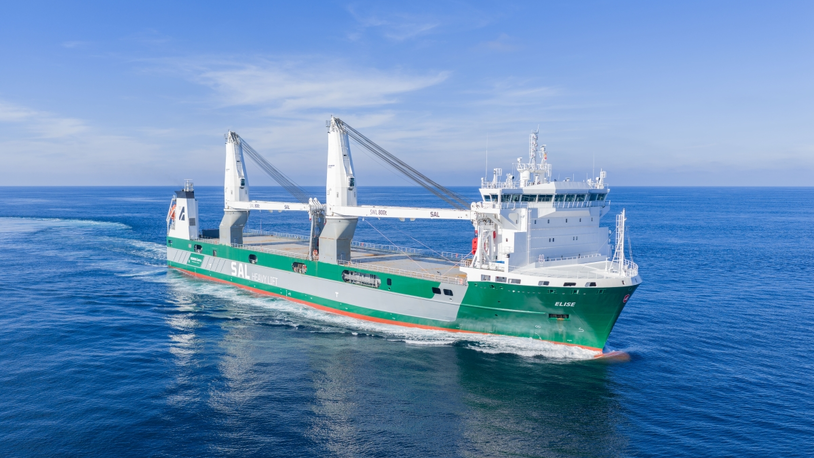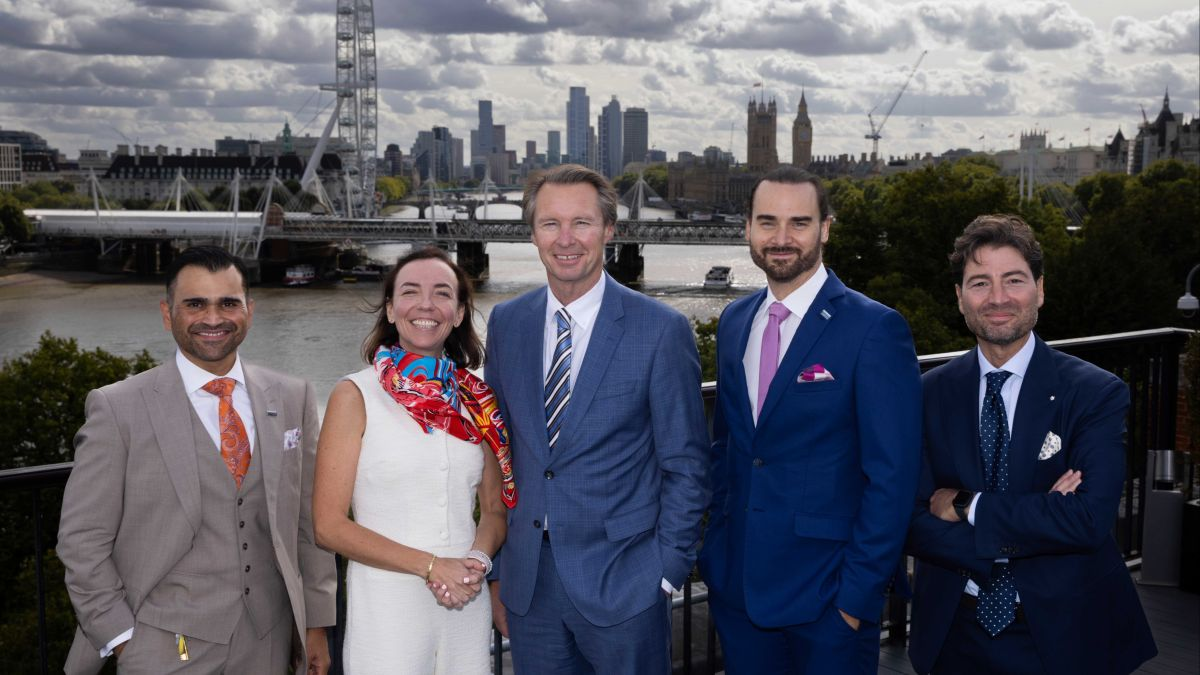Business Sectors
Contents
Ready for prime time: Everllence to unveil two-stroke ammonia dual-fuel engine
Danish engine designer will hold a two-day industry event in Copenhagen to discuss the development of its two-stroke ammonia, dual-fuel B&W ME-LGIA engine, marking its commercial debut
In a technological milestone for shipping’s path towards significantly reducing CO2 and greenhouse gas emissions, Everllence will unveil its two-stroke dual-fuel ammonia engine in an industry event, clearing the way for the first commercial deployments.
Some 300 attendees from industry are expected to be on hand for the Danish engine designer’s special technical programme on 12-13 November, which will offer maritime stakeholders’ exclusive access to discussions surrounding the use of ammonia as a zero-carbon fuel and development of the company’s new B&W ME-LGIA (liquid gas injection ammonia) dual-fuel engine.
The dual-fuel B&W ME-LGIA engine is based on the Diesel principle and the well-known, dual-fuel liquid gas injection concept. Everllence, the new name of MAN Energy Solutions, has previously launched ME-LGIM and ME-LGIP units that, respectively, run on methanol and LPG.
Ammonia’s unique combustion and toxic characteristics have required the new engine to have additional safety features such as containment systems, sensors, system ventilation and double-walled piping developed especially for ammonia as a fuel.
Everllence chief executive, Uwe Lauber, said, “As the maritime industry’s leading engine designer, we are in a unique position to advance the green transition and know that bringing new fuels to market is not just innovation – it’s imperative for zero-carbon shipping.” Continued Mr Lauber, “In this context, ammonia is a vital piece of the puzzle. The development of this engine is not just a technical achievement; it is another concrete step towards a climate-neutral future where the time to act is now.”
Pilots and first commercial deliveries
Everllence reports that the first ME-LGIA engine is due for delivery in Q1 2026 with bedding-in set for Q4, 2025. The company is currently engaged in several pilot-projects, including two very large ammonia carriers for Eastern Pacific Shipping; a further four engines for Höegh Autoliner pure car and truck carriers; and another for a bulk carrier in Japan where the engine is currently on the Mitsui E&S testbed.
Head of Everllence’s Two-Stroke Business, Bjarne Foldager, called the new engine “a technological milestone”, noting it is the result of over 150,000 hours of collective work and represents a significant financial investment on the engine designer’s part.
He said since two-stroke engine testing on ammonia started in July 2023, Everllence has carried out over 800 tests – both here in Copenhagen and at Mitsui E&S in Japan. A hallmark of the development has been “safety,” he emphasised, highlighting the engine maker’s close co-operation with the relevant authorities and classification societies.
“Combined with the knowledge we will gather from the pilot projects, we are confident that this responsible approach will ultimately deliver the market the gold-standard in ammonia engines with a final design based on operational experience,” said Mr Foldager.
Digital connectivity
To optimise performance, the engines will be digitally connected. Data from the ME-LGIA will flow from vessels to Everllence for shore-based monitoring. This allows the leveraging of real-time engine and operational data to improve performance, provide remote assistance, and help shipowners operate more efficiently and sustainably. As such, data-driven insights have a significant role to play in supporting decarbonisation as new fuels such as ammonia enter the market.
Everllence states that the full sales release of the ME-LGIA will initially feature G50, S50, S60, G60, G70 and G80 bore sizes; retrofit options will also, eventually, be made available.
Ammonia as a future-fuel
Ammonia, NH3, as a zero-carbon fuel, has several characteristics that mark it out as eminently suitable for deepsea shipping decarbonisation, highlighted Everllence. It said it has a favourable emissions profile, with low SOx and PM emissions, and can be carbon neutral when produced from green hydrogen. Additionally, ammonia has a relatively high volumetric energy-density which allows for more compact fuel storage – especially compared with hydrogen – critical for large oceangoing vessels. Furthermore, it can be stored as a liquid at moderate pressures, simplifying bunkering compared to cryogenic fuels.
Its high thermal-efficiency reduces operational costs while maintaining power output.
Widely produced for use in fertilisers and refrigeration, ammonia benefits from established global supply-chains. While currently scarce, green ammonia production is scaling up, with several projects announced.
Ammonia is especially suitable for two-stroke marine engines because of its inherently slow combustion rate that aligns well with the low piston speeds of these engines.
To find out more about alternative fuel-capable engine technology attend Marine Propulsion’s Maritime Decarbonization Conference, Americas, Houston, will be held 22-23 January 2026. Register your interest here.
Related to this Story
Events
International Bulk Shipping Conference 2025
Tankers 2030 Conference
Maritime Navigation Innovation Webinar Week
© 2024 Riviera Maritime Media Ltd.

